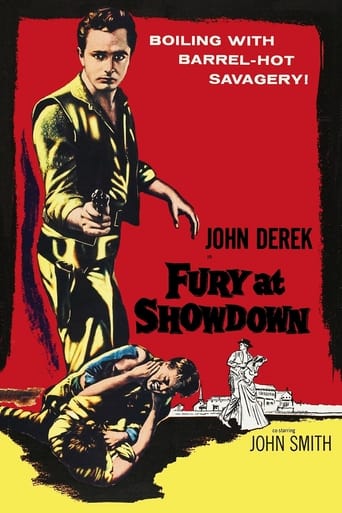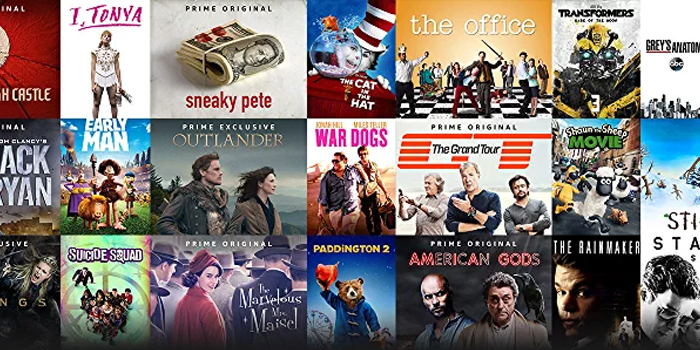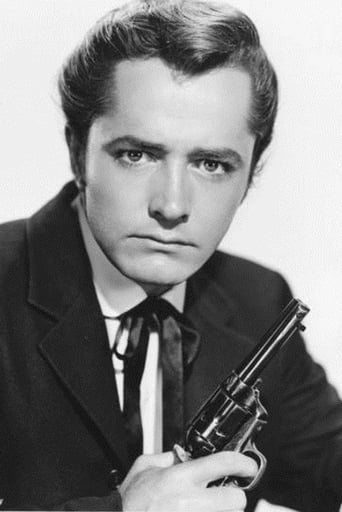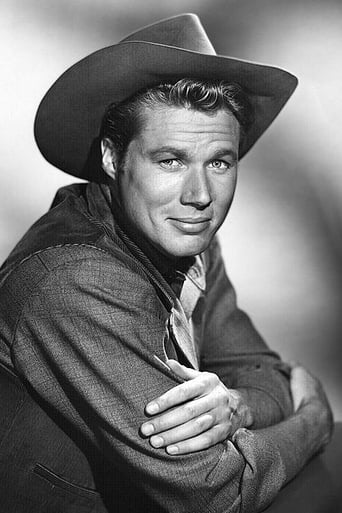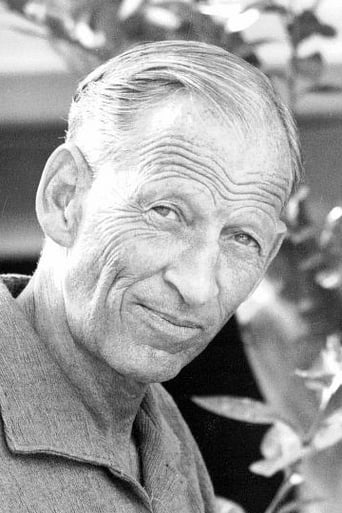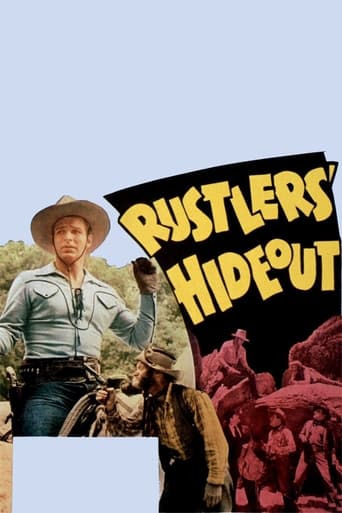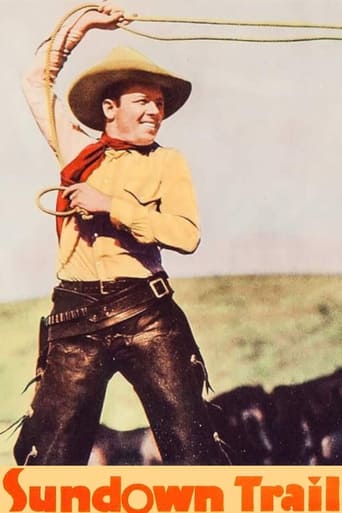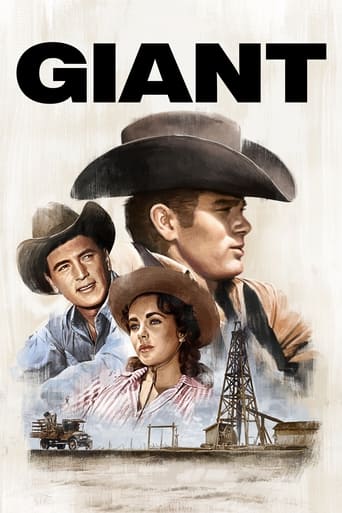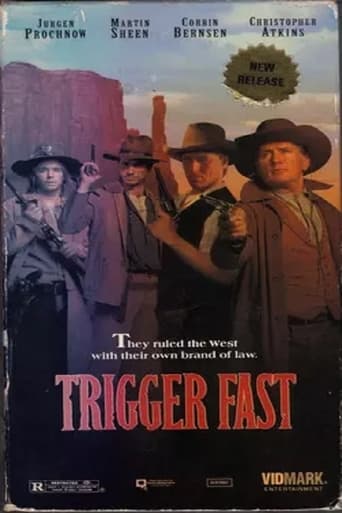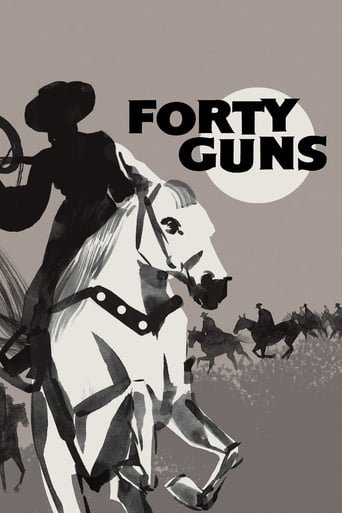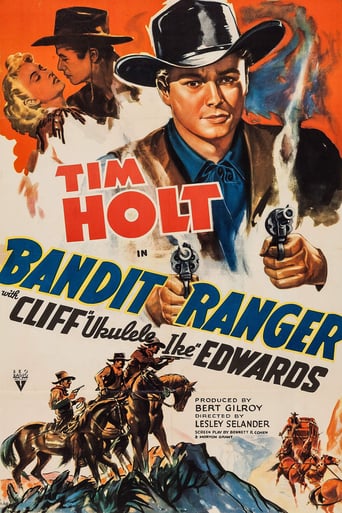Fury at Showdown (1957)
After serving a year for a killing in self-defense, gunfighter Brock Mitchell tries to help his younger brother save his ranch but a crooked lawyer has other ideas.
Watch Trailer
Cast
Similar titles
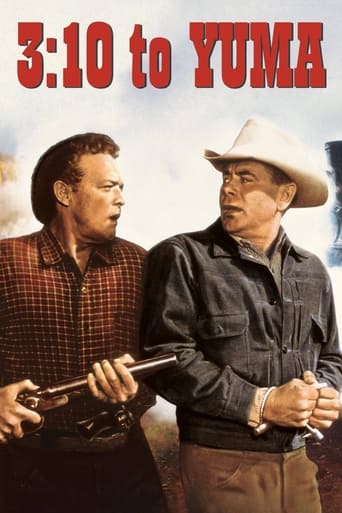
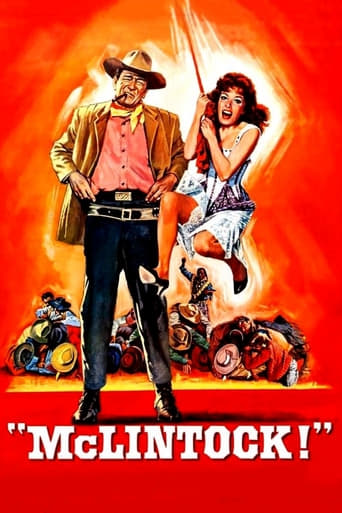
Reviews
hyped garbage
Excellent but underrated film
A film with more than the usual spoiler issues. Talking about it in any detail feels akin to handing you a gift-wrapped present and saying, "I hope you like it -- It's a thriller about a diabolical secret experiment."
The thing I enjoyed most about the film is the fact that it doesn't shy away from being a super-sized-cliche;
This Western had one particular thing going for it that really stood out. Every time there was a wide shot of the town, there were not large numbers of people walking around the streets. Perfect! In most Westerns, there are way too many people all over town. At this time in history, when 95% of the population worked on farms, it is just totally unrealistic the way directors put so many people in town. This movie was right on the mark. Well done. Some reviews say it was too slow. Well, it wasn't a time of the internet and instant everything. Things moved slower as did the pace of the movie, which seemed appropriate. As I have mentioned in my reviews of other Westerns, I still have a problem the way actors are dressed. Costumes seem to be "cowboy" attire taken from the 1930's and put in stories from late 1800s. This includes saddles and bridles. Having it in black and white gave it a nice "old time" feel.
The only reason I watched this super-obscure 1957 oater (allegedly shot in seven days) is because Philip Hardy, in his 1980s encyclopedia of westerns, called it a "masterpiece" (his word).I certainly wouldn't go that far, but the direction (Gerd Oswald) and camera-work (Joseph LaShelle, who IIRC shot Laura) are definitely eye- catching. Many angles include ceilings, and there are a number of striking shots of actor(s) in extreme FG with other(s) in extreme BG. Oswald and LaShelle even use the film noir technique of lining up actors in dialogue scenes at various depths so they can all be in the shot without cutting (or having to re-set up the camera).This second feature programmer is in fact far more interestingly made than A Kiss Before Dying, Oswald's A picture of the year before. Why Oswald went from that well-publicized production of a bestseller to this B- drive-in special is unknown to me. Too bad he didn't show the same level of creativity on that clever Ira Levin mystery that he does on this horse opera, which is quite routinely scripted aside from a few minor curiosities, such as Nick Adams homoerotically caressing the unconscious face of his big brother John Derek.
An excellent director (Gerd Oswald, who also directed A Kiss Before Dying), excellent cinematographer Joseph LaShelle (River of No Return and Marty among many others) and great performances by John Derek and Nick Adams make this an outstanding western. Derek is Brock Mitchell a rancher who was just released from jail, where he was because he killed a man in self defense. Nick Adams is Tracy, his brother. The fact is that the man Brock killed is the brother of an important man in town who will do everything he can against him. One way out would be for Brock to go away to a distant place, but there are certain reasons for him to stay, like paying the loan Tracy took to develop the ranch, which will not be difficult considering the railroad is going to pass there. It will be just a question of getting a letter from the railroad confirming the deal, but time is running against them. Another reason is that Brock loves Ginny, whose father is against him because he thinks he killed because of jealousy. One more reason is that Brock needs the sense of belonging, that he feels in his home town. There is a heavy ambiance, increased by the black and white cinematography.
It would be easy to characterize the film as a brother out for revenge Western but it's more complex than that. In fact the movie surprises with a whole lot more attention to detail than you'd expect from a 1950's effort, from Brock's extended barroom brawl to the place names depicted on the businesses of Showdown Creek. I was particularly intrigued by the presence of the Lin Yee Chinese Dining Room, even if the Mitchell brothers never made it there. They thought about it though.What IS standard is the set up between town lawyer Deasey (Gage Clark) and Brock Mitchell (John Derek), recently released from the Buckhorn County Jail for killing Deasey's brother in a forced gunfight that occurred before the picture opens. Derek portrays the same kind of hot head he played in 1949's "Knock On Any Door", his first lead role in company with Humphrey Bogart. Deasey is clever enough to use just about any mis-step by Brock to turn town sentiment against him, beginning with the Tom Williams incident. Brock simmers in a slow boil for most of the story, as more rational younger brother Tracy (Nick Adams) tries to steer him to make the right decisions along the way. The pairing of Adams and Derek as brothers was really quite a neat casting decision; they complemented each other nicely and appeared believable as siblings.More on that barroom brawl - it's probably one of the longest one on one fight scenes you'll ever see in a Western, and it looked authentic from start to finish. You wondered how the smaller Brock Mitchell would come out against Deasey's hired henchman Miley Sutton (John Smith), but there was enough furniture on hand to provide the equalizer. The spill out into the street leading to the buckboard drag is probably the most creative finale you'll see, but then they still kept going at it. You know, I had to chuckle when the fight got started, the first thing to go was the large mirror behind the bar. Watching the picture on the Encore Western Channel, one of the True Western Moments iterated by Bob Boze Bell in between movies talks about how scenes just like that were more the stuff of Hollywood invention than the real thing.As the story progresses, the viewer learns just how greasy a character Chad Deasey is; say now, greasy Deasey, that works. Not only was he constantly undermining Brock, but he detained railroad man Phelps with a phony letter and indirectly caused the death of Tracy. It was fitting that he didn't die in the movie's finale, but would have to face the music after all the facts became known. Good ending, but did you notice? - Miley Sutton's small bag of payoff money turned into enough coins on the street to fill a small strong box!
